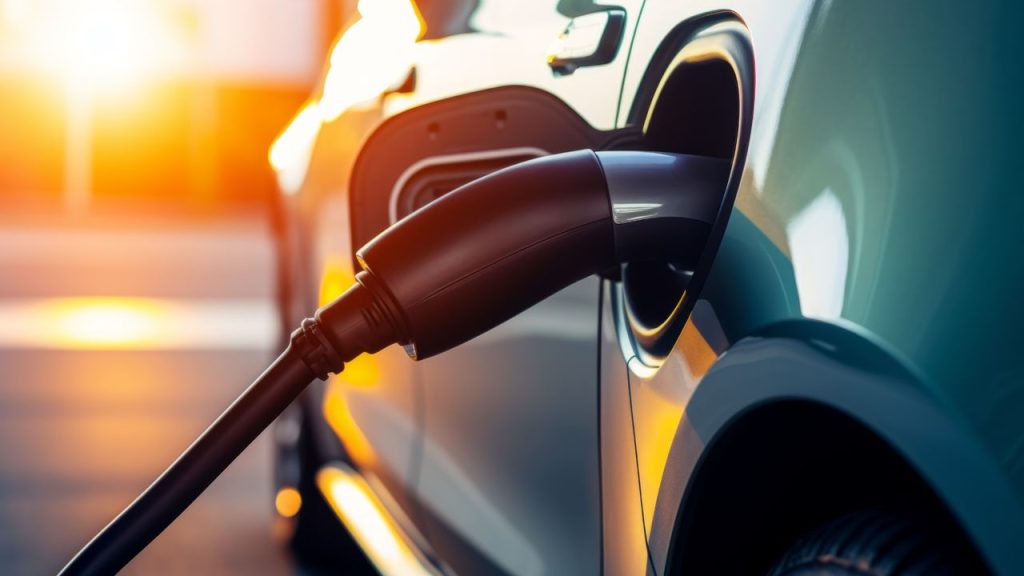Electric Vehicle Charging at Home: Options and Considerations
As electric vehicles (EVs) become increasingly popular, more and more people are considering the convenience and cost savings of charging their vehicles at home. With the right equipment and a little planning, home charging can be a convenient and efficient way to keep your EV powered up. In this article, we will explore the options and considerations for electric vehicle charging at home.
EVSE: Electric Vehicle Supply Equipment
When it comes to charging your electric vehicle at home, the most important piece of equipment you will need is an Electric Vehicle Supply Equipment (EVSE). This is the device that connects your EV to your home’s electrical system and allows for safe and efficient charging.
There are several types of EVSEs available, ranging from basic Level 1 chargers to more advanced Level 2 chargers. Level 1 chargers use a standard 120-volt household outlet and provide a slower charging rate, while Level 2 chargers require a dedicated 240-volt circuit and offer faster charging times.
When choosing an EVSE, it is important to consider factors such as your EV’s charging capabilities, your home’s electrical capacity, and your charging needs. Consulting with a qualified electrician can help you determine the best EVSE for your specific situation.
Charging Cable
In addition to the EVSE, you will also need a charging cable to connect your EV to the charging station. Most EVs come with a standard charging cable, but you may also have the option to purchase a longer or higher-capacity cable if needed.
It is important to choose a charging cable that is compatible with your EV and the charging station you plan to use. Different EVs may require different types of connectors, so be sure to check your vehicle’s specifications before purchasing a charging cable.
Home Energy Management
Charging an electric vehicle at home can have an impact on your home’s energy consumption. To ensure that your charging needs are met without overloading your electrical system, it is important to consider home energy management.
One option for managing your home’s energy usage is to install a separate circuit for your EV charging station. This can help prevent electrical overload and ensure that your other appliances and devices continue to operate smoothly.
Another consideration is to take advantage of smart charging technology and home energy management systems. These systems allow you to schedule your charging sessions during off-peak hours when electricity rates are lower. By charging your EV when demand is lower, you can save money on your energy bills and reduce strain on the electrical grid.
Conclusion
Electric vehicle charging at home offers convenience and cost savings, but it requires careful consideration of the right equipment and energy management strategies. By investing in the right EVSE, choosing the appropriate charging cable, and implementing effective home energy management, you can enjoy the benefits of home charging while minimizing the impact on your home’s electrical system and energy consumption.


